Château Cheval Blanc 2017
Descrizione
Un'annata davvero eccezionale a causa della grande gelata del 28 aprile 2017 che ha colpito i vigneti bordolesi. In cantina, Cheval Blanc ha adottato un blend insolito, con la più alta percentuale di Cabernet Sauvignon mai vista prima. Il lavoro di assoluta precisione sia in vigna che in cantina è stato premiato con un vino intenso, di audace freschezza, molto lungo e fragrante.
Dettagli del prodotto
Degustazione
Vigna e preparazione
Recensioni degli esperti
The blend this year is 15% Cabernet Sauvignon, 29% Cabernet Franc and 56% Merlot, possessing an unusually high percentage of Cabernet Sauvignon. Deep garnet-purple colored, the 2017 Cheval Blanc needs a fair bit of coaxing to reveal notions of plum preserves, redcurrant jelly, kirsch and red roses plus emerging nuances of aniseed, Sichuan pepper, pencil lead and charcoal. Medium to full-bodied, the palate offers impressive intensity with layer upon layer of red and black flavors with sparks of minerals and floral notes plus a firm line of fine-grained tannins and bold freshness to support, finishing very long and very fragrant.
While the blend is shifted more towards Merlot and Cabernet Sauvignon in 2017, the Chateau Cheval Blanc is nevertheless a beautiful wine in every sense and shows the hallmark elegance and complexity of this estate perfectly. Deep ruby/purple, with notes of ripe dark fruits, violets, rose petals, and spice, it hits the palate with medium to full-bodied richness, ripe yet integrated tannins, terrific mid-palate concentration, and a great, great finish. Based on 66% Merlot, 29% Cabernet Franc, and 15% Cabernet Sauvignon, give this incredibly floral, seamless 2017 5-7 years of bottle age and enjoy over the following two decades.
With an unusually high percentage of Cabernet Sauvignon, this vintage presents a structured character. It is a straight wine, in line with dark tannins and black-currant fruits lightened by the jammy Merlot berry flavors. Drink this wine from 2024. Roger Voss.
The deep, savory nose leads you into this rather sleek, yet quite fleshy St.-Emilion. Simultaneously ripe and lively and animating, this has a long, elegant and moderately dry finish. Drinkable now, but best from 2024. Château Quintus vertical tasting. SP.
Fresh herbs on the nose, still with the trademark perfumed black fruits but more at the background. More gravel fruit in the blend this year as the Merlot grapes, on clay soils, were affected by the frost in 2017. It also has the highest proportion of Cabernet Sauvignon at 15% alongside 29% of Cabernet Franc giving this is a distinct Left Bank style. Muscular and angular at the moment but with a great clarity and softness to the tannins and fruit. You can feel the structure here with the menthol and liquorice tinges to the edges of the fruit. It's direct and focussed, less round and expansive than the 2018 but laser sharp and persistent. A touch austere but still elegant and charming with a soft juiciness.
Assemblage inhabituel à cause du gel. 57 % de merlot, 28% de cabernet franc et 15 % de cabernet-sauvignon. Ce dernier pousse les notes florales au nez comme en bouche. Complexité aromatique admirable et structurante. Satiné intense absolument unique en finale. Beaucoup d’émotion.
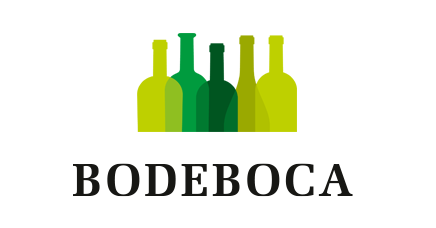
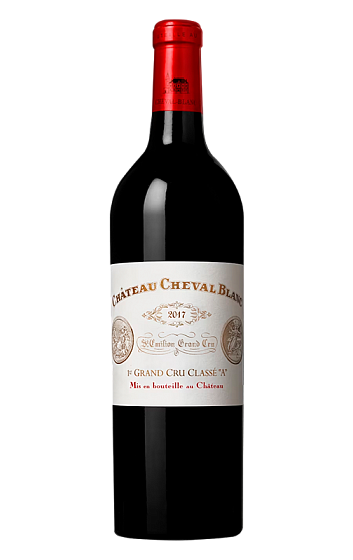

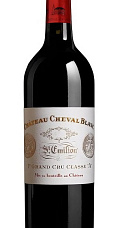
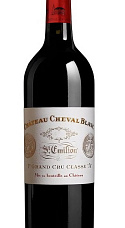
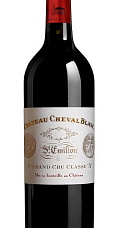




Annate: 2024 2023 2019 2017
Questa annata non è ancora stata recensita. Utilizza la navigazione qui sotto per vedere le recensioni delle annate precedenti.
Questa annata non è ancora stata recensita. Utilizza la navigazione qui sotto per vedere le recensioni delle annate precedenti.
Questa annata non è ancora stata recensita. Utilizza la navigazione qui sotto per vedere le recensioni delle annate precedenti.
Questa annata non è ancora stata recensita. Utilizza la navigazione qui sotto per vedere le recensioni delle annate precedenti.